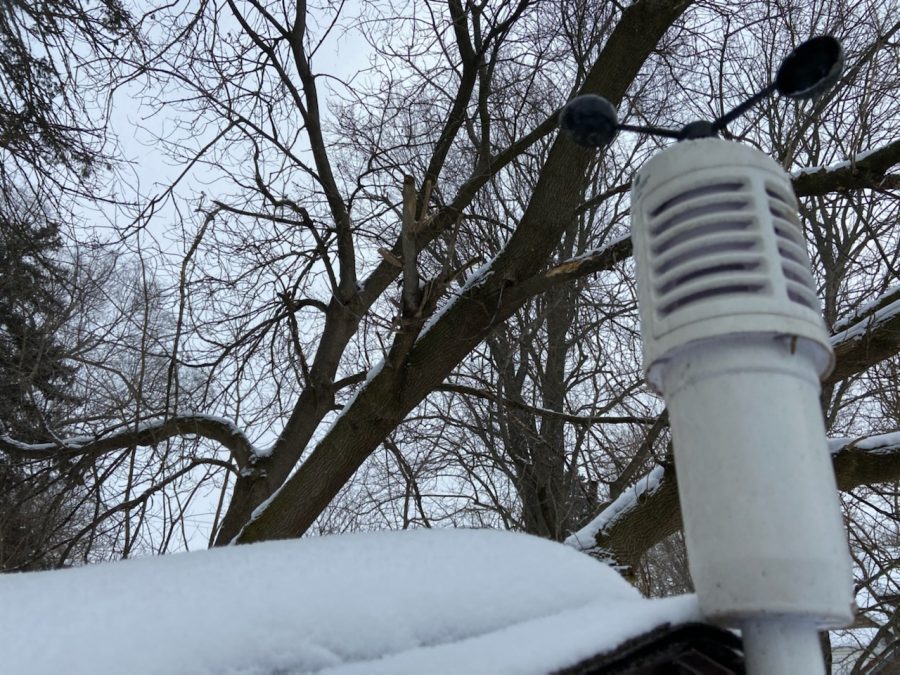Winter Weather Safety
The snow is falling from an incoming winter storm. The conditions were perfect for the storm to grow in intensity.
February 19, 2021
This year, winter weather is hitting hard. With the chance of a polar vortex, knowing what to do in emergency situations could be life saving. Many shrug off winter storms thinking it is just snow and driving is the only thing that is dangerous, but that is a common misconception.
According to the Weather Channel, “Winter storms can bring not only large amounts of snow, but also extreme cold, high winds, freezing rain, and ice” (2021). So being prepared can possibly save a life.
To begin, start with protection when inside a building or home during a winter storm. Start by making sure to have abundant necessities: food, bottled water, and any important prescriptions. Check electricity and plumbing frequently. Snowstorms can cause massive power outages and frozen pipes, making them expand or burst. Make sure all outlet vents are not covered and check to see if Carbon Monoxide detectors are installed. It is the “silent killer” after all. Communication is important so charge phones. Notify many about the location of family members. Have an emergency kit on stand by and know the treatment for frostbite and hypothermia. The Red Cross is a great source for this information. Finally, stay warm by making sure the heater has had proper maintenance and seal doors and windows so the heat does not escape.
Being prepared for the outdoors is important too. Do not go outside in below zero temperatures unless it is absolutely necessary. Bundle up with scarves, coats, winter underwear, hats, earmuffs, mittens, etc. All of those are needed to stay warm, with longer time spent outside, more layering is needed. Stock up on ice melt, so sidewalks and driveways will not be slippery. When shoveling snow, do not push the body. Older people can have a heart attack from overexertion, it can be harmful for younger people too. Clear roofs, snow is 1.25 pounds per foot, that gets heavy fast. As for driving, start with notifying someone of the destination, time of arrival, and time of return; drive slowly and keep twice as much space between cars. Lastly, ice does not only impact the roads, but objects too. Ice sickles form on everything during winter storms. Do not stand under any tall objects with ice sickles forming. The Weather Channel says if one fell from a cell tower it can get to 90 mph and have 1,000 pounds of force. Not only can they fall, but they make tree branches and power lines sag and eventually snap and if there is a downed power line stay at least 30 feet away from it. The electricity can travel through a 30 feet radius.
Use this knowledge and teach others that snowstorms are much more dangerous, keep an eye on the weather and prepare for the future.



Marty Barlond • Feb 19, 2021 at 6:46 pm
Good article and information. I enjoyed reading it.